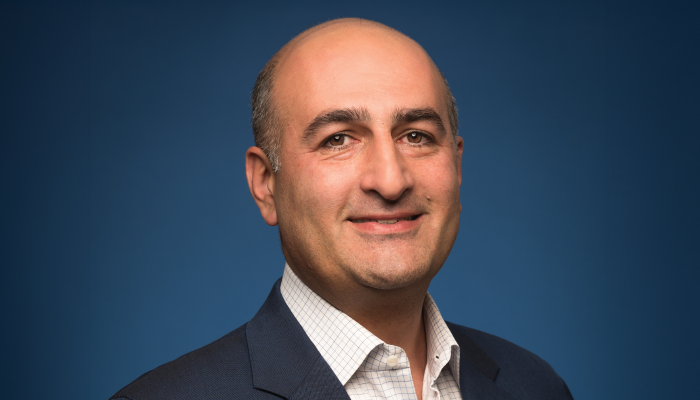
Shervin Korangy
As one of the fastest-growing ophthalmic businesses in the world, BVI Medical has earned a reputation over the last decade for its development of medical devices for cataracts, refractive error, glaucoma, retinal disease, and dry eye. Alongside this, the company continues to manufacture premium intraocular lenses (IOLs), paying particular attention to the nuances and small details of IOL design and how these factors can impact patient’s long-term outcomes. To learn more about the company’s future ambitions in the IOL space, we spoke with the President & CEO of the company, Shervin Korangy.
What has changed in the technology around IOLs? And how do you think the IOL technology might continue to evolve in the future?
What we say at BVI is, “We sweat the details.” I think in many industries – including ophthalmology – people like to put boxes around things. We name categories of lenses, but we sometimes forget that just because you’re placed in a category, it doesn't necessarily mean you're in that category. In order to truly belong in that category, you need to have market-leading performance, you need to have a differentiated product, and create lenses that are made from components that will make a genuine difference to a patient who's going to have that product in their eye for 25 to 30 years, or longer.
In light of this, our lens design differentiates us from everything else on the market. We're one of the few companies in the world using molding technology for our lenses, which is pretty unique. The manufacturing process, the repeatability and fine-tuning of that production are very important to us.
Secondly, we’ve designed a hydrophobic material that actually sits in water. Most hydrophobic lenses come to a surgeon dry and they hydrate when they go into the eye, but the reason we have our hydrophobic lens in water is to pre-hydrate the lens. Even though it's hydrophobic, there’s still some hydration that occurs once a lens is put into the eye, and we didn't want any changes to the lens caused by this absorption of water.
Then there is our optical design. Prior to our business launching a trifocal lens 12 years ago, there were no trifocal lenses on the market. PhysIOL – a legacy business we acquired out of Belgium – produced the world's first trifocal lens. That product was aimed at improving upon the benefits of bifocality with a fuller range of vision, and now trifocality is a market standard.
Finally, most lenses now have a C-loop design, but if you look at the BVI lens, it's a double C-loop. We have changed the approach to the haptics, and we've done this gradually over time. Seven or eight years ago, we had a different design, and the biggest issue we saw with that design was rotational stability. This new design took longer to get to the market and cost us more, but it helped to provide exceptional performance when it comes to rotational stability.
For us, these are really important considerations when it comes to designing our products. We want to create real differentiations for the patient.
There are certain lenses – plate haptic IOLs – which have multiple contact points, but it's a plate so it's much more rigid. As a design the C-loop makes complete sense, but the double C-loop gives you four contact points. If you've got four contact points, naturally that friction is going to be reduced. It’s a very basic concept, but it’s one that actually works.
What is the risk in attempting to differentiate yourself so much?
When we were launching with a double C-loop hydrophobic design, there was certainly a risk involved. But you get to a point where you know the design is going to be better, and you do enough pre-testing before you go into the launch. This lens has now been in a million-plus eyes since its launch, so we're quite comfortable in terms of the performance, and we continue to conduct post-market studies that corroborate that performance.
Could you give a long-term view of what the future of IOL lenses might look like?
We have some very interesting projects in the pipeline. Of course, everyone is working towards better accommodation. Monofocal lenses are already quite good, so in terms of distance vision correction and basic performance, I'm not sure there is a lot that can be done in that space. But in terms of premium lenses and giving a full range of vision to a patient, there is a lot that can happen – and accommodation is one aspect to consider.
Looking at lenses in the market today, where you're diffracting light there are potential side-effects or trade-offs that you make when you take light and split it into multiple different ranges. Being able to minimize those side-effects is something that is incredibly critical because it will continue the adoption curve to really getting all patients to those levels.
Ultimately, what are we aiming for? We’re aiming to replace the crystalline lens and everything the crystalline lens does. Whereas we started replacing the lens and giving people distant vision but they couldn’t see anything else, right now we're giving multiple ranges of vision. But we've still got some issues with that. Most patients are super happy with it, but it's still not perfect. And so, if you're shooting for perfection, what you're trying to do is ultimately replace the crystalline lens in some form. That can be done in several different ways, and that’s the direction we are heading.
